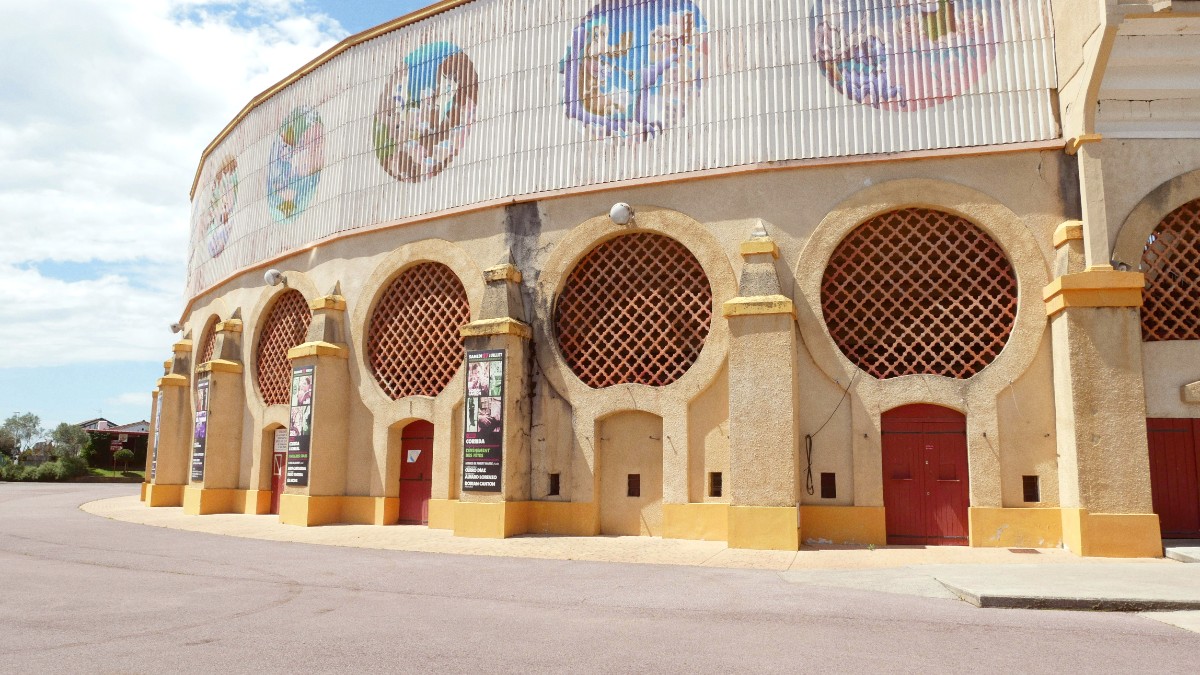
Southwestern France, France
The Txik Txak system mainly consists of Tram'bus (BHNS - Bus à Haut Niveau de Service) and an extensive network of standard bus lines (Lignes Classiques). The Tram'bus provides quick, smooth journeys on dedicated lanes, extending to Biarritz and Anglet. Standard bus lines connect all neighborhoods of Bayonne and surrounding municipalities.
Main Hubs in Bayonne: Place des Basques serves as a main hub for both Tram'bus and many standard bus lines. The Gare de Bayonne (train station) is another important bus hub, offering connections to the train network.
Provides quick, smooth journeys on dedicated lanes, extending to Biarritz and Anglet.
Connects all neighborhoods of Bayonne and surrounding municipalities, covering areas not served by Tram'bus.
Route maps and real-time information are on the Txik Txak website and at bus stops.
Generally operates from early morning (~5:30 AM) until late evening (~midnight or 1 AM). High frequency (10-15 min peak).
Operate similar hours, but frequency varies by line. Expect less frequent service on weekends and public holidays.
Txik Txak buses and Tram'buses are generally modern and accessible. They include ramps for wheelchairs and designated seating areas.
Download the "Txik Txak" app. This provides real-time bus tracking, route planning, and information on delays. A French bank card is usually needed for digital ticket purchases.
Taxis and ride-sharing apps provide convenient alternatives to public transport, especially for direct routes or late-night travel.
Drive on the right side of the road. Speed limits are strictly enforced. Mobile phones are prohibited while driving unless hands-free. Seatbelts are mandatory.
Roads are generally well-maintained. Motorways (like the A63 and A64) are toll roads (Péage), payable by card or cash.
Parking in Bayonne's historic center is limited and paid. Underground car parks (Vauban, Sainte-Claire) have hourly rates. Free parking areas are further from the center.
Bayonne's compact size and dedication to pedestrian and cyclist infrastructure make walking and cycling appealing ways to explore.
No specific "no-go" areas exist in Bayonne for pedestrians or cyclists. Exercise general caution in traffic, especially on busy roads without dedicated cycle paths.
Always be aware of your surroundings.
Txik Txak public buses are generally accessible, with ramps and designated spaces for mobility needs.
Suitable for travelers with mobility needs.
Older parts of the city, with cobblestones and narrow sidewalks, can pose challenges for wheelchair users or those with mobility issues.
Check with specific venues or the tourist office.
Bayonne’s compact size makes it a joy to navigate. Public transport links you to areas, while walking and cycling offer intimate ways to experience its charm.